
OR
Vision for Nepal’s health
Published On: November 24, 2018 12:15 AM NPT By: Ram Kantha Makaju Shrestha

More from Author
It is unfair to just provide free medicines for lung diseases when we expose our people to the dangers of air pollution
At the age of ten, I lost my mother because she was sick and didn’t get a chance to be treated with trained professionals. Dhulikhel was then a small backward town, from where people were starting to migrate in search of opportunities at other places. As I grew older, somewhere deep inside me was the feeling that no one else should bear what I had gone through. This fueled my passion to contribute in the field of health care in Nepal.
I spent one and half decade of my youth in Europe in the field of medicine. I returned to Nepal as a surgeon, to build a hospital that would serve for the poor. In those days, these questions were constantly asked to me: Will you really be able to build a hospital? Even if you did, would people come to this place when there are many big hospitals in nearby cities? Those who doubted me might have thought that this small town of Dhulikhel didn’t hold much promise for future development. And today, here we are. Here you are!
The founders of our University dared to start this new era of education in medical sciences. Many said this was not possible. And today, here we are. Here you are because what was thought impossible was made possible.
In almost twenty years, Kathmandu University has greatly changed the landscape of health services in the country. Our graduates have permeated deeply into our health system in all capacities and are serving the nation.
History is not created by the skeptics or the critics because they cannot, but by those whose vision create things that are not there, and who can demonstrate the confidence and courage to do the tasks never done before.
Every day is a fresh beginning. The prizes of the past cannot guarantee the promises of the future. Just singing the glories of the bygone days will not help us tread the roads of tomorrow. We need to constantly reorient ourselves, renew our perspectives and revisit our approaches. Abraham Lincoln rightly said, “The best way to predict your future is to create one.”
Three priorities
I have three key priorities for future of health. First is to improve equity in health care. In our country, almost one out of 25 children dies before the age of five, hundreds of women die in childbirth every year, and thousands die due to preventable cardiovascular diseases at a young age.
Nepal has made significant progress in health in the past few decades making itself one of the few countries with fastest increase in life expectancy. It was one of the few countries in the world to have met Millennium Development Goals in maternal and child health. This is a subject of pride for us.
An old man who needs to be managed at intensive care unit in Nepalgunj does not need to travel all the way to Kathmandu. A child who needs an emergency surgery in Biratnagar does not need to be brought all the way to Kathmandu now. A patient from rural Kavre or Solukhumbu does not need to travel all the way to the center for basic health services.
But there is still much to be done. Access to good healthcare services is the first and foremost foundation of development. Our success will be defined not by how many we have served, but by how many we have left behind. A mother should not be in uncertainty whether a doctor will be able to see her sick daughter or not. A son should not be in a dilemma whether he can afford to get his sick father to the hospital or not.
Equity in healthcare is also related to equity in educational opportunities. This country should not be the land of two categories of youths. A nation built through differential opportunities to its countrymen will ultimately head towards the path of conflict, social injustice and constant discontent within its community. Therefore, equitable, good quality health services should be ensured inside the country.
Our second priority should be to establish centers of excellence in various areas in health. We need to create health institutions that can boast of world-class health services, training and research. Twenty years ago, it would have seemed impossible. However, with the achievements Nepal has made so far, it is possible now to create world-class centers in our own country. If we try to expand health system, this will also bring countless opportunities to different places and population.
When in the early days of our institution I said that we should create an institution that would be the center of excellence for endoscopic and laparoscopic services, many said this was not possible because the equipment was too expensive and it was not feasible to train a complete team. Today, I am proud to say, almost 80 percent of the patients who needed operation ten years back can now be treated with less invasive and significantly safer and better services through endoscopic and laparoscopic procedures. We serve poor patients but we do not practice poor medicine. Nothing stops us from making world-class centers.
Our third major priority is to develop innovative approaches to improve health. Problems related to health need to be addressed innovatively. Issues of water and sanitation, road safety, air pollution and social determinants of health are some of the examples. It is not right to just build infrastructure for treating infectious diseases when the water we drink is contaminated. It is unfair to just provide free medicines for lung diseases when we expose our people to the dangers of air pollution. It is not wise to just create facilities for trauma management when we do not create safe roads and transportation. We cannot train people on healthy diet when they do not have enough to eat.
The microfinance program we run in rural areas, the wide array of community development activities we lead in the villages, and the recently launched initiatives with the neighboring municipalities are some of our flagship programs in addressing health through innovative approaches.
We will focus more on research and public health training in coming days, which will further bridge the gaps between different disciplines and open avenues for interdisciplinary collaboration. Our innovations will focus on how we can leverage the strengths of other stakeholders.
Tap the opportunities
The priorities I have mentioned are not just idealistic dreams. They are achievable goals. But we need to tap the opportunities that lie ahead to fulfill this mission.
In Nepal, there is a wave of enthusiasm and a fresh breeze of hope. We have leadership at all levels that represent new generation. We need to find ways to collaborate with different sectors—private, public, philanthropic etc—rather than building barriers. We need to build a bridge between academia and policy makers. We need to consider heavy investment in capacity building and improving access to services. We need to create new models of institutions that promote cooperation rather than competition.
In the past two decades or so Kathmandu University has created a model of partnership with government, local communities, private sector, other national and international organizations and academia.
Dear graduates, you are the product of this. You are the answer to all those who doubted about our institutional quality. British writer George Bernard Shaw once said “people who say it cannot be done should not interrupt those that are doing it.”
Thomas Jefferson once said: “I like the dreams of the future than the history of the past.” I urge our well-wishers, alumni, diaspora, government bodies, community members and supporters to join hands with us and our graduates in creating a shared future where every individual will have an opportunity to live their life to the fullest, unleash their potential to the fullest and contribute to the society to the fullest.
Edited excerpt of the welcome speech delivered by Prof Dr Ram Kantha Makaju Shrestha at the 24th Convocation Ceremony of Kathmandu University on November 23. Shrestha is Vice Chancellor of KU
You May Like This

Hypertension: A common health problem in Nepal
Hypertension is another name for high blood pressure. It is a common health problem of Nepal these days, caused due... Read More...
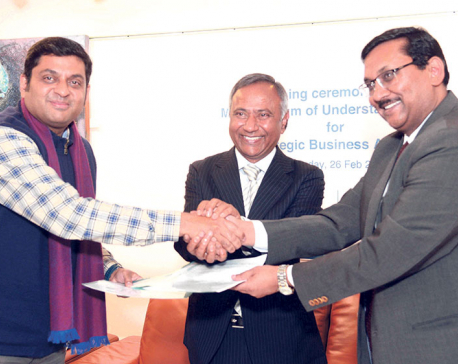
Standard Chartered Bank Nepal, Nepal Mediciti join hands
KATHMANDU, Mar 1: Standard Chartered Bank Nepal Ltd (SCBNL) and Nepal Mediciti have signed an agreement to provide various discounted... Read More...
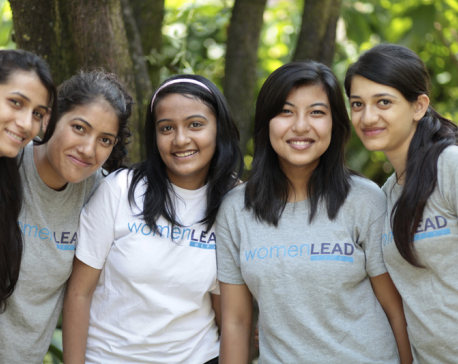
Helping women re-envision a better Nepal: Women LEAD Nepal
KATHMANDU,March 7: Women LEAD Nepal started as an idea that women and girls could change the trajectory of Nepal’s future and... Read More...




Just In
- SC issues short-term interim order to govt and TU not to take immediate action against TU legal advisor Khanal
- National consultation workshop advocates to scale up nutrition smart community in Nepal
- Patan High Court issues short-term interim order to halt selection process of NTB’s CEO
- NEPSE inches up 0.15 points; daily turnover increases to Rs 2.53 billion
- Bagmati Govt mandates tri-lingual signboards in offices
- Inferno destroys 70 houses in Mahottari
- Health ministry urges precaution against heatwave
- Jhapa road mishap update: Three deceased identified



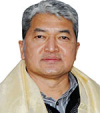



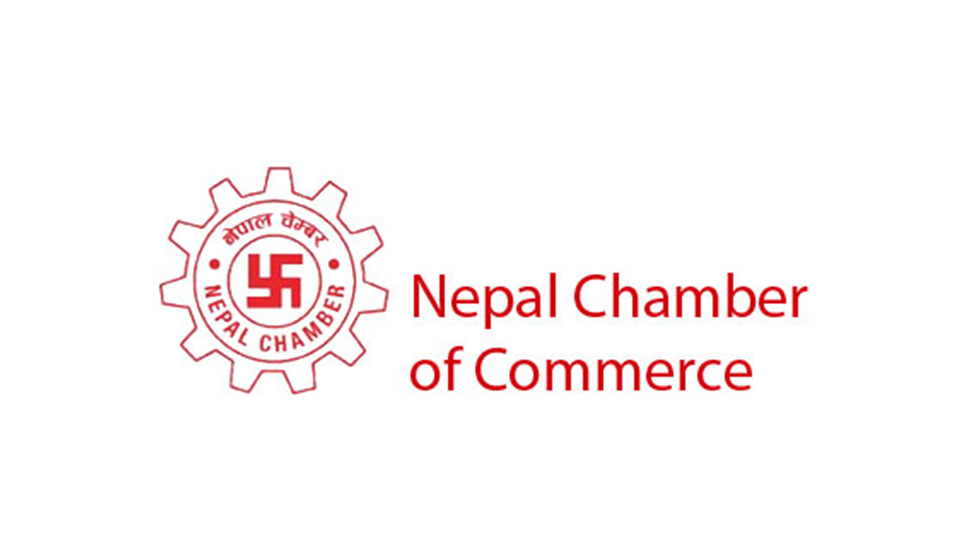





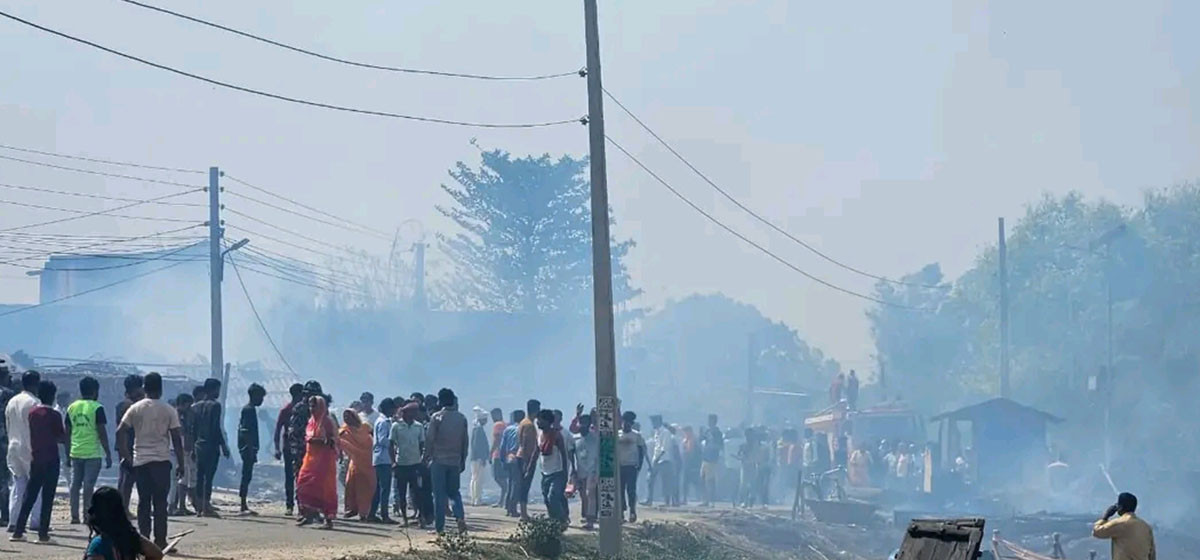


Leave A Comment